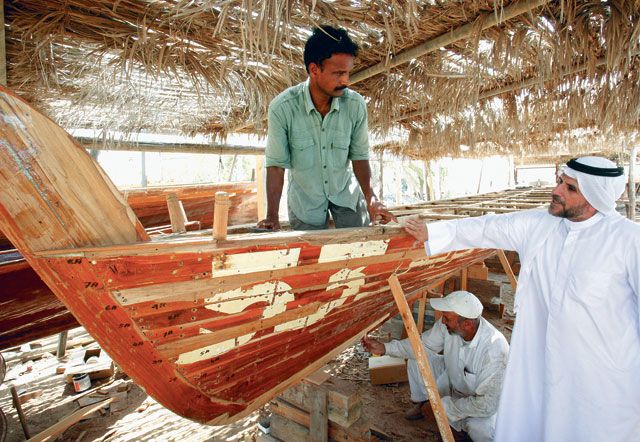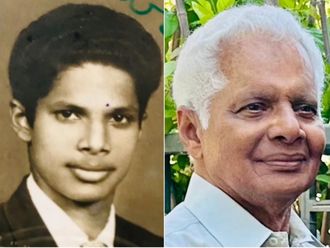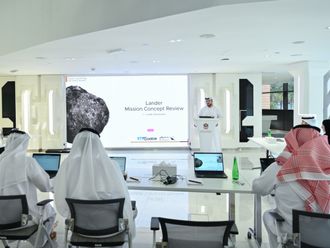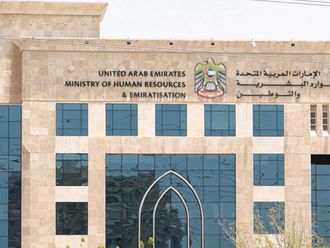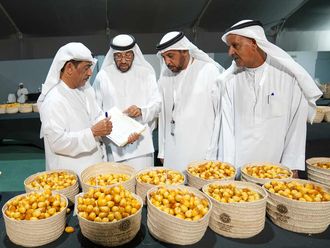Dubai: Last week we highlighted some of the traditional Emirati jobs. Shipbuilding is one of the more imprtant jobs of old days as the sea formed a fundamental source of living for the people of the UAE.
It also was very important for other Gulf countries and contributed massively to the economy. Many other jobs, such as the pottery also played a vital role in Emiratis' lives back then.
Shipbuilding
UAE has a long history, in shipbuilding in the pre-oil era as it was a key source of livelihood.
Earlier shipbuilders were known to use coconut fibre to link the wooden planks together instead of nails and also its triangular shaped sails instead of the square ones widely used at that time.
Shipbuilding in this region is called "qalafa" and shipbuilder is "qalaf".
The shipbuilding season starts by end of the diving season as the divers relax. Ships will be pulled out to the shores and work on fixing and repairs begins.
They used to build different kinds of ships — Al Boom, Al Shooi, Al Jalboot and Al Sanbook — depending on their size and quality. The fisherfolk prefer Al Shooi that can accommodate up to 15 people and Al Hoori (3-4 persons) while Al Shahoof holds 10 to 15 people. Al Samaa boats were used for pear diving and fishing in the summer.
Though the UAE's shipbuilders specialised mostly in medium ships used in fishing and diving. They were designed to navigate the gulf waters. However, they also built larger cargo vessels designed for deep waters such as Indian Ocean and Arabian Sea.
Rules
Relationships among shipbuilders and their clients were governed by certain codes, based on Arab ethics.
All agreements were oral. Later on written agreements came into being which included the type of ship, date of contract, building period, delivery date then signed in presence of witnesses.
Though the agreements used to stipulate period of completion, fines were never imposed for delays.
Pottery
Pottery was a traditional craft practised by inhabitants of the region from ages. The craft is still actively pursued in a number of Gulf countries. In the UAE it is concentrated in Ras Al Khaimah.
The clay varieties available in the UAE are red, yellow and green available mostly in Wadi Shamal area. A white clay being used is imported from Iran.


